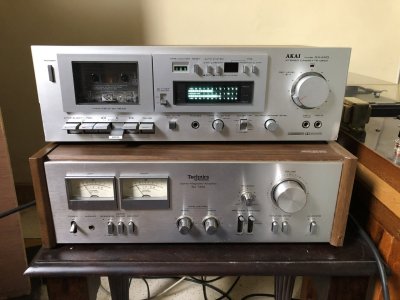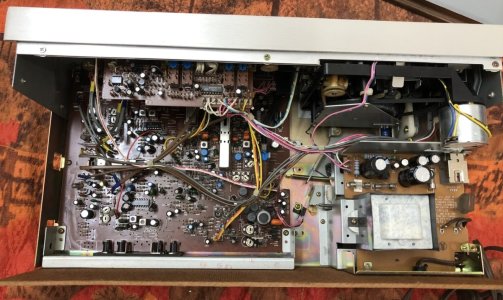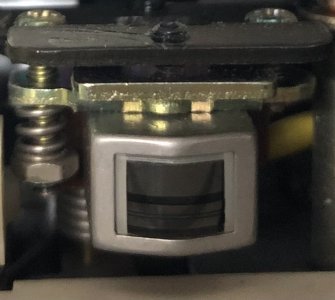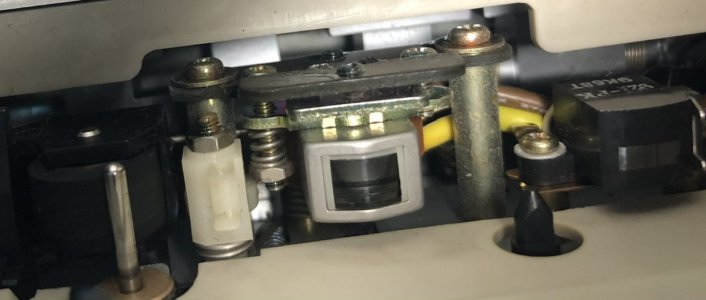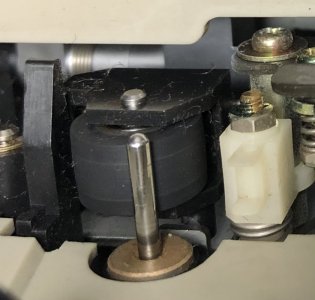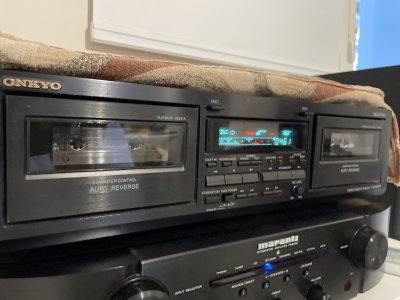Actually, its very simple. One can broadly classify cassette decks into 3 categories:
1)
The super top end - decks like the NAK 1000 series, Nak Dragon, some of the Tandbergs, TASCAMs, high end AKAIs, etc. These are really hard to find as enthusiasts who have pristine versions almost never sell them. If you find them too, they are likely to be from personal collections and will require significant investments. Also you are not likely to get nice versions of these in India.
2)
The great decks - Almost all the NAKs, some of the top end models from Japanese manufacturers, some great European ones like the Grundig CF5500-2, etc. Some are 3-head versions, some are 2-head (never judge the quality of a cassette deck by the number of heads

). Again these come up every now and then for sale but can be expensive. If found in good condition, they can provide the user with great satisfaction. A lot of these do reside with enthusiasts who are not likely to part with them, but if you find one in good condition, then this is where one can get the biggest bang for the buck.
3)
The commoner - the lower end of the spectrum, mass market gear for audio racks or for use as components on regular rigs. Folk familiar with the middle east market especially in the 1980 would call these the Rs.2500 decks (basically had a box, a mechanism, basic electronics and a transformer. As things got more modern with combo ICs, you'd find a small PCB and a power supply, that's it). These were quite prestigious to own in those times, with their flashy faceplates and lights (VUs in the older times and LED bars as we passed through the 80s), prestigious as you'd find it hard to get something like these in India in those times. These are not bad but are not great either. They will faithfully play your stuff and if handled carefully, can last for a long time too. If you can find these in good condition, they are not bad buying actually (but ensure that you make only small investments). Edit - double cassette decks are considered crap, but some of these models can be good, if they have completely discrete mechanisms (that is dedicated mechanisms for each of the decks). Some of the double cassette deck mechanisms share motors, etc and as a result perform badly or unreliably. It is better to avoid these.
Note: Many forget this aspect but the decision on what cassette deck to buy also depends on the type of tapes one owns or has access to. For example, buying a Rs.1.5L Nak Dragon to play Bollywood tapes from T-series, Venus, etc or Western music Tapes from Magnasound, is a complete waste of money. On the other side of the spectrum, buying a Rs.1500 Technics or Sony deck to play those treasured high end recordings on metal tape, is again like tying up a tarpaulin in your front yard, for parking your Mercedes



